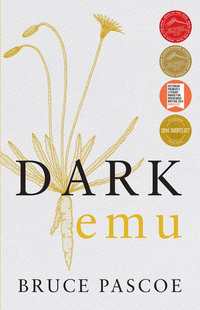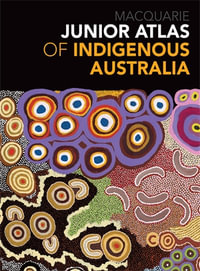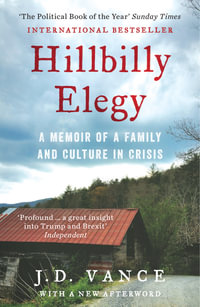The twentieth century was one of astonishing change in science, especially as pursued in the United States. Against a backdrop of dramatic political and economic shifts brought by world wars, intermittent depressions, sporadic and occasionally massive increases in funding, and expanding private patronage, this scientific work fundamentally reshaped everyday life. Science and the American Century offers some of the most significant contributions to the study of the history of science, technology, and medicine during the twentieth century, all drawn from the pages of the journal Isis. Fourteen essays from leading scholars are grouped into three sections, each presented in roughly chronological order. The first section charts several ways in which our knowledge of nature was cultivated, revealing how scientific practitioners and the public alike grappled with definitions of the “natural” as they absorbed and refracted global information. The essays in the second section investigate the changing attitudes and fortunes of scientists during and after World War II. The final section documents the intricate ways that science, as it advanced, became intertwined with social policies and the law. This important and useful book provides a thoughtful and detailed overview for scholars and students of American history and the history of science, as well as for scientists and others who want to better understand modern science and science in America.
Industry Reviews
"By about 1920 the United States had moved from the margins of international science to the heartland. In many disciplines it already ranked number one in the world. This superb collection of essays from Isis, the flagship journal of the history of science, shows Americans working at the center of the scientific world and wrestling with the resulting responsibilities."--Ronald L. Numbers, University of Wisconsin-Madison
"This lively and diverse collection of essays chronicles how and why the twentieth century became a period of unprecedented American influence in science, technology, and medicine. Drawing our attention to some historically lesser-known sites and subjects--sulfur-bottom whale models, Finnish-designed corporate research labs, South American fire ants, and child adoption protocols based on intelligence testing, to name just a few--Sally Gregory Kohlstedt and David Kaiser skillfully capture the dramatic transformations that US researchers wrought through expanded institutions, increased funding, and, most importantly, their own burgeoning scientific ambitions. The book's rich content and lucid analysis challenge simple assumptions about the consequences of American science for life and health in the late modern world."
--Karen A. Rader, Virginia Commonwealth University
"It is always a pleasure to sit and read a well-crafted, thought-provoking article. So much more a pleasure, then, to find fifteen such articles in one place, as is the case with Science and the American Century. . . . Though the contributions are eclectic--ranging widely in subject matter, as well as scale and style of argument--the volume offers a coherent and at times surprising look at some of the topics that have concerned historians of American science over the past ten to twenty years. . . . The book could easily be used to introduce students to key topics and approaches in the field through its clear and engaging essays. Many of the contributions are also models of craft, and in that sense the book may be equally instructive to more advanced students, and established scholars, too, as a guide to good practice."--Helen Anne Curry, University of Cambridge "Social History of Medicine"
























